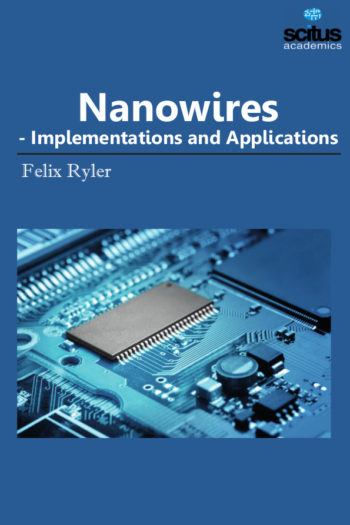Since the prehistoric age, man has been trying to improve and devise better food preservation techniques. From the caveman trying to preserve the food by storing the fresh kill in caves that provided a dampened environment in order to keep it from being spoiled to the refrigeration techniques of the 21st century, man has come a long way. Nanotechnology has proven its competence in almost all possible fields we are aware of. However, today nanotechnology has evolved in the true sense by contributing to a very large extent to the food industry. With the growing number of mouths to feed, the production of food is not adequate. It has to be preserved in order to reach the masses on a global scale. Nanotechnology made the idea a reality by increasing the shelf life of different kinds of food materials. In general, the nanoparticles present in foods can be conveniently categorized according to their composition, as either organic or inorganic, since this factor has a major impact on their gastrointestinal fate and potential toxicity.
This book covers wide-ranging information on the different methods of food processing, packaging, and preservation techniques and the role nanotechnology plays in the food processing, packaging, and preservation industry. Nanotechnology has been used to design nanosensors for the detection of harmful components in foods and a smart packaging system enabling them to recognize food contamination very rapidly and sensitively. Nanoencapsulation is the most significant technology in food science, especially for bioactive compounds and flavors.
This book focuses on the properties and potential safety of ingested nanomaterials since they are most likely to cause health concerns. It is important to distinguish different potential sources of nanoscale materials found in foods. Nanoscale materials are naturally present in many commonly consumed foods, such as the casein micelles in milk or certain organelles found in plant or animal cells. In this book, current applications of nanotechnology in food science including flavor control, enhancement of bioavailability of bioactive compounds, and detection of deleterious substances in foods are presented. Furthermore, this book overviews classification, preparative methods, and safety issues of nanomaterials for food science.
This book will be of help to provide comprehensive information for students and newcomers utilizing nanotechnology in the food sector.














Reviews
There are no reviews yet.